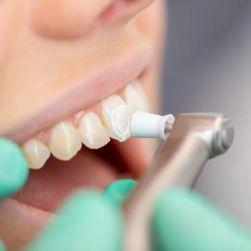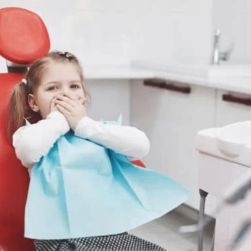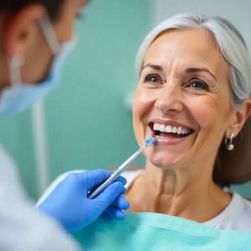Oral cancer is a severe health condition affecting thousands of Americans each year. Due to its often late detection, it poses a significant risk to overall health and wellbeing. Understanding the signs and taking proactive measures can make the difference between early treatment and life-threatening complications. Oral cancer encompasses malignancies in the mouth, tongue, gums, and throat, often linked to lifestyle choices and genetic factors. Here, we'll explore the critical signs to watch for, prevention strategies, and the importance of early detection to safeguard your well-being.
Understanding the Signs of Oral Cancer
The first step in combating oral cancer is recognizing its primary indicators. Early-stage oral cancer may not cause noticeable symptoms, making regular dental check-ups essential. Common signs include persistent mouth sores that do not heal, unusual lumps or thickenings in the mouth or throat, white or red patches on the gums or tongue, and unexplained bleeding in the mouth. Individuals may also experience numbness or loss of sensation in certain areas of the face, neck, or mouth, alongside persistent sore throat or ear pain.
Changes in speech, such as a chronic hoarse voice, can also signify underlying issues. It's crucial to seek medical attention if any of these symptoms persist for more than two weeks. A timely visit to a dental professional can lead to a proper diagnosis and increase the chances of successful treatment. Remember, awareness and vigilance are your first lines of defense.
Prevention: Lifestyle and Risk Factors
While some risk factors for oral cancer, such as age and genetic predisposition, cannot be controlled, many others are within your realm of influence. Tobacco and alcohol use are among the leading causes of oral cancer. Quitting smoking and reducing alcohol intake can significantly decrease risks. A diet rich in fruits and vegetables provides essential vitamins and antioxidants that may combat cancer formation. Additionally, maintaining good oral hygiene with regular brushing and flossing, along with routine dental visits, fosters a healthy environment that deters cancer growth.
Protection against sun exposure can prevent lip cancer, a subset of oral cancer. Wearing lip balm with SPF and avoiding tanning beds are simple steps to minimize risk. By understanding and modifying these lifestyle factors, you can substantially reduce the likelihood of developing oral cancer.
The Importance of Early Detection
Early detection significantly improves oral cancer prognosis. Regular dental check-ups play a crucial role in early detection, allowing professionals to identify subtle changes that may signify the onset of the disease. Many dentists incorporate oral cancer screenings into routine exams, using special lights or dyes to highlight abnormal areas. In some cases, a biopsy may be performed to gather more detailed information.
Beyond regular dental visits, at-home self-examinations can be a valuable tool for monitoring potential changes. This involves visually inspecting the mouth and throat for abnormalities, using good lighting and a mirror. By combining professional screenings with personal vigilance, the chances of catching oral cancer in its infancy are vastly improved.
Conclusion and Recommendations
In conclusion, being informed about the signs of oral cancer and taking preventive measures can significantly impact outcomes. Regular dental check-ups, awareness of personal risk factors, and lifestyle changes are vital components of a comprehensive prevention strategy. At Dentistry Toothtruth, we advocate for proactive oral health practices and encourage everyone to routinely assess their oral health status.
Remember, your oral health is a critical aspect of your overall well-being. Visit our website for more resources and to schedule an appointment for your next check-up. By staying informed and vigilant, you can protect yourself and your loved ones from the risks of oral cancer.






